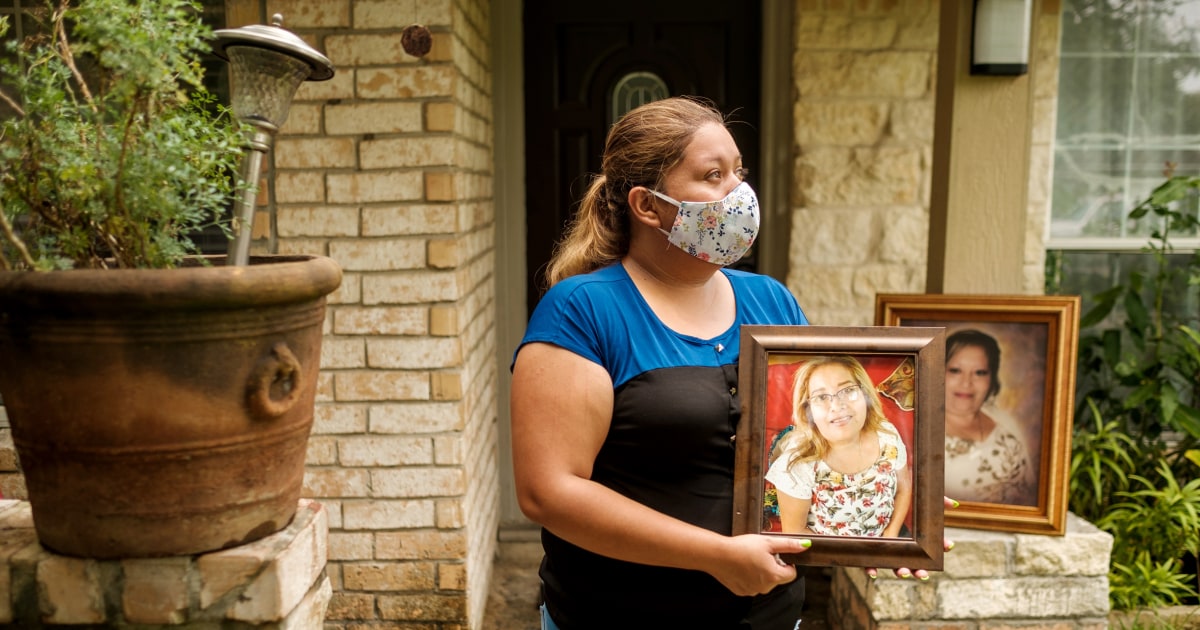oceanbreeze77
Well-Known Member
it'll be interesting to see how people feel once teachers form a mutiny to not go back to in person school.
A couple of solutions better than "every school district must open and have children in the classroom" right now:
1. Identify those students without access to a computer/tablet for distance learning and provide one. Many districts already own or lease tablets or Chromebooks for their students so it's not an unreasonable expense. If a school district doesn't have the resources to pay for it (such as one located in a poverty-stricken area), the state should do it for them. Many internet providers have been providing free internet service for students whose families can't afford it during the pandemic and I imagine they'll do the same thing again when school starts up again.
2. If that's still not a viable option, have school staff deliver physical worksheets, textbooks, etc. to those students without access to a computer/tablet or internet. This could be done in a way that allows for social distancing (such as leaving it by the door, ringing the bell, and stepping away from the door to allow for 6 feet or more between them and whoever answers the door - pizza chains can figure it out so it shouldn't be difficult to schools to figure out, too). I know of a special needs school that is doing exactly this sort of delivery and it worked out just fine.
Guess there would be a lot of teachers out of work thenit'll be interesting to see how people feel once teachers form a mutiny to not go back to in person school.
Theres already a national teacher shortage so there won't be many replacements available to just make it happen.Guess there would be a lot of teachers out of work then
Neither. My hairdresser only wears a mask.You have to assume in the course of a day multiple customers will be asymptomatic positive. At first thought it doesn't sound right but a person cutting your hair is going to be within a foot of you for what 20 minutes? Maybe more? A medical professional taking blood, checking your BP or setting up an EKG maybe a minute or so?
I don't know how many areas require masks and face shield. Which do you prefer? Getting your hair cut by your spouse or by a hair dresser with a plastic shield?
It’s a false-hood and a fallacy to think that re-opening schools in FL will be done ‘as safely as possible.’
Clearly, the past 2-3 weeks has proven that FL has absolutely no clue on how to re-open anything safely...
I trust the people running WDW over just about anyone in the government.Except WDW? I guess technically not open to the public, so we will see this weekend.
We learned in the spring that neither of these solutions are better. They are far off in-person teaching in a classroom. It's not even close. This isn't like homeschooling 1 on 1; it is entirely different. Teachers are not able to do their jobs remotely (especially for the elementary age kids), at no fault of their own. And there are a number of reasons previously mentioned that the above solutions leave out many many at-risk children.
...not unlike WDWI hope people realize that in-school instruction is going to vastly change. It will not be what students, teachers, and parents are used to.

here is the graph to match that
As coronavirus surges, Houston confronts its hidden toll: People dying at home
Houston is seeing a spike in residents dying at home, before paramedics can reach them. A growing number are testing positive for COVID-19.www.nbcnews.com
Then I want money back from the tax levies passed for school buildings not being used and the levies to be changed.it'll be interesting to see how people feel once teachers form a mutiny to not go back to in person school.
We learned in the spring that neither of these solutions are better. They are far off in-person teaching in a classroom. It's not even close. This isn't like homeschooling 1 on 1; it is entirely different. Teachers are not able to do their jobs remotely (especially for the elementary age kids), at no fault of their own. And there are a number of reasons previously mentioned that the above solutions leave out many many at-risk children.
I’m gonna take the advice of the AAP on this one. And mix it with my own experience this spring.I disagree. Of course in-school learning is generally better in normal conditions. These aren't normal conditions. Schools close when there are flu outbreaks, but we're supposed to accept sending kids into classrooms while this virus is still going crazy?
Also, if a school employee is visiting homes on a regular basis to deliver work to these at-risk children then they have an opportunity to observe any red flags that might merit notifying the police or local child welfare authorities. The same goes for supplying tablets or Chromebooks. When students are on a video session, teachers can see them and - unlike when students are in the classroom -actually have an opportunity to see how their home life is. If, for example, a parent is drunk/high/whatever and screaming at a kid, the teacher is going to hear it and report it. It's not always as cut and dry as you seem to think it is.
No solution available right now is perfect for every student, unfortunately. I just don't believe that schools being forced to open is the best decision at the moment.
I’m gonna take the advice of the AAP on this one. And mix it with my own experience this spring.

 www.orlandosentinel.com
www.orlandosentinel.com
10 ICUs were at full capacity at hospitals across Central Florida, twice the number of full ICUs on Monday.
Register on WDWMAGIC. This sidebar will go away, and you'll see fewer ads.
